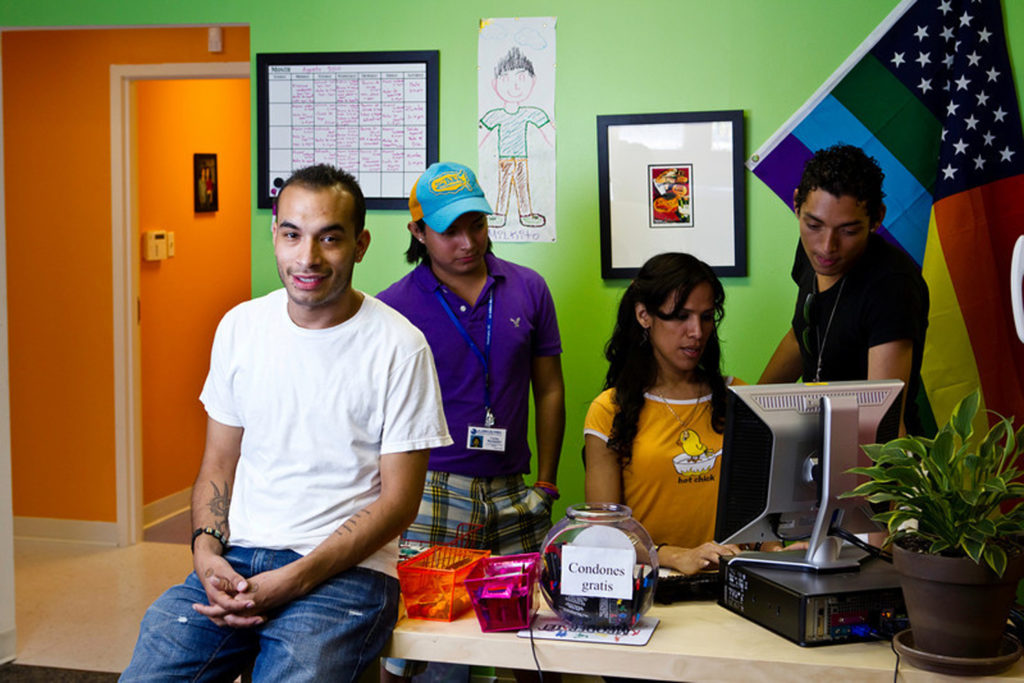
A neighborhood in Washington, DC, close to the Capitol…
Most would agree that the fight against AIDS has made tremendous progress in nearly thirty years. But they would be surprised that in some parts of the United States, as far as AIDS goes, it’s still 1985.
Not far from the National Mall, the White House, and the Capitol Building sits another Washington, D.C., so close to tourist attractions and the halls of government that it seems like a parallel universe.
The feature-length documentary The Other City shines a light on this world and explores the lives of people dealing with AIDS and struggling with poverty and even homelessness, in the shadow of our government. The Other City puts real faces on an issue that most politicians, and most Americans, don’t even understand: The AIDS epidemic is still with us.
The Other City premiered at the 2010 Tribeca Film Festival, received rave reviews at Los Angeles’ Outfest and began a theatrical run in several U.S. cities September. There were also packed screenings at the International AIDS Conference in Vienna, a response that encouraged the director, Susan Koch.
“People at the conference didn’t realize that AIDS was so prevalent in the United States,” Koch told A&U magazine. “The United States had been telling other countries what to do regarding HIV/AIDS, but until this year we didn’t have our own national AIDS strategy.”
Meet the invisibles
The disease and its sufferers in D.C. were allowed to fade to invisibility over the past fifteen years, to the point where the city’s HIV/AIDS rate that is not only the nation’s highest, but rivals some African countries.
“An AIDS fatigue set in,” says Washington Post reporter and The Other City writer, Jose Antonio Vargas. Because Vargas is one of the few journalists still covering AIDS extensively for a mainstream newspaper, Koch tapped him to help her tell the story of those struggling with the disease behind the cloak of invisibility.
“When I mention to people that I cover AIDS in America, they say, ‘Oh, I thought that was over.’ The editor of Essence magazine told me that readers keep asking why they are writing about AIDS. People are not dying like in the eighties and nineties. There are medications now and that’s a good thing. But people are still dying.”
“People think AIDS is just in Africa now,” Koch says, adding that for some people in the U.S. the situation is even worse than in the days when AIDS was in the public consciousness. “The stigma never went away. It’s not in your face anymore, but it’s still in the closet.”
